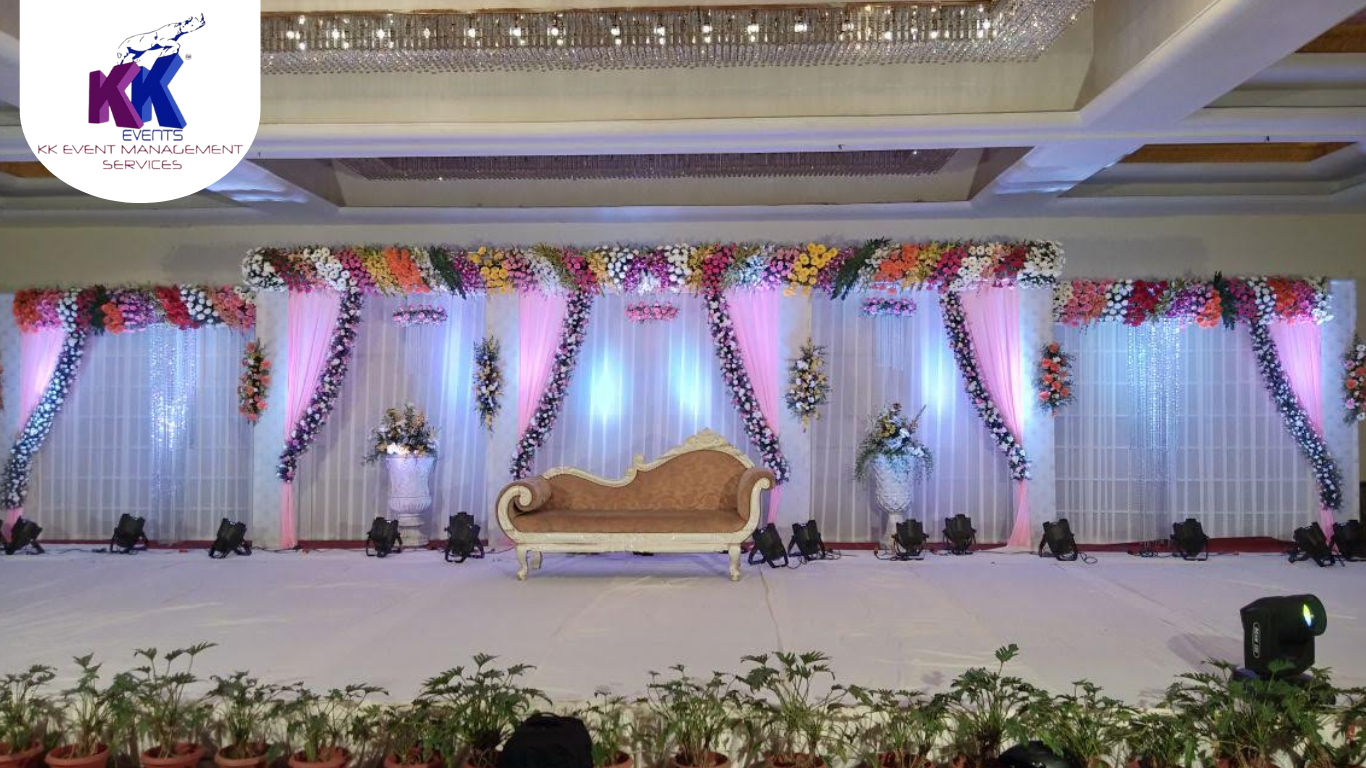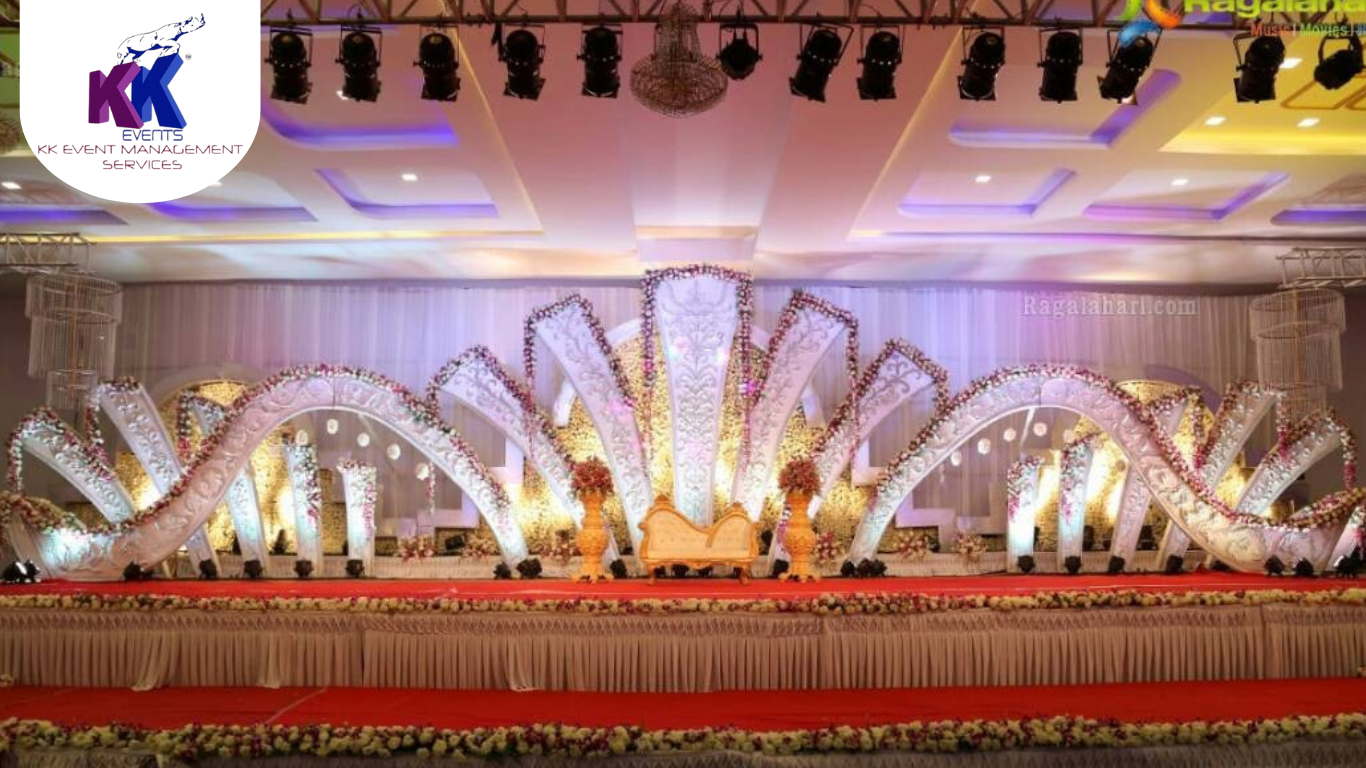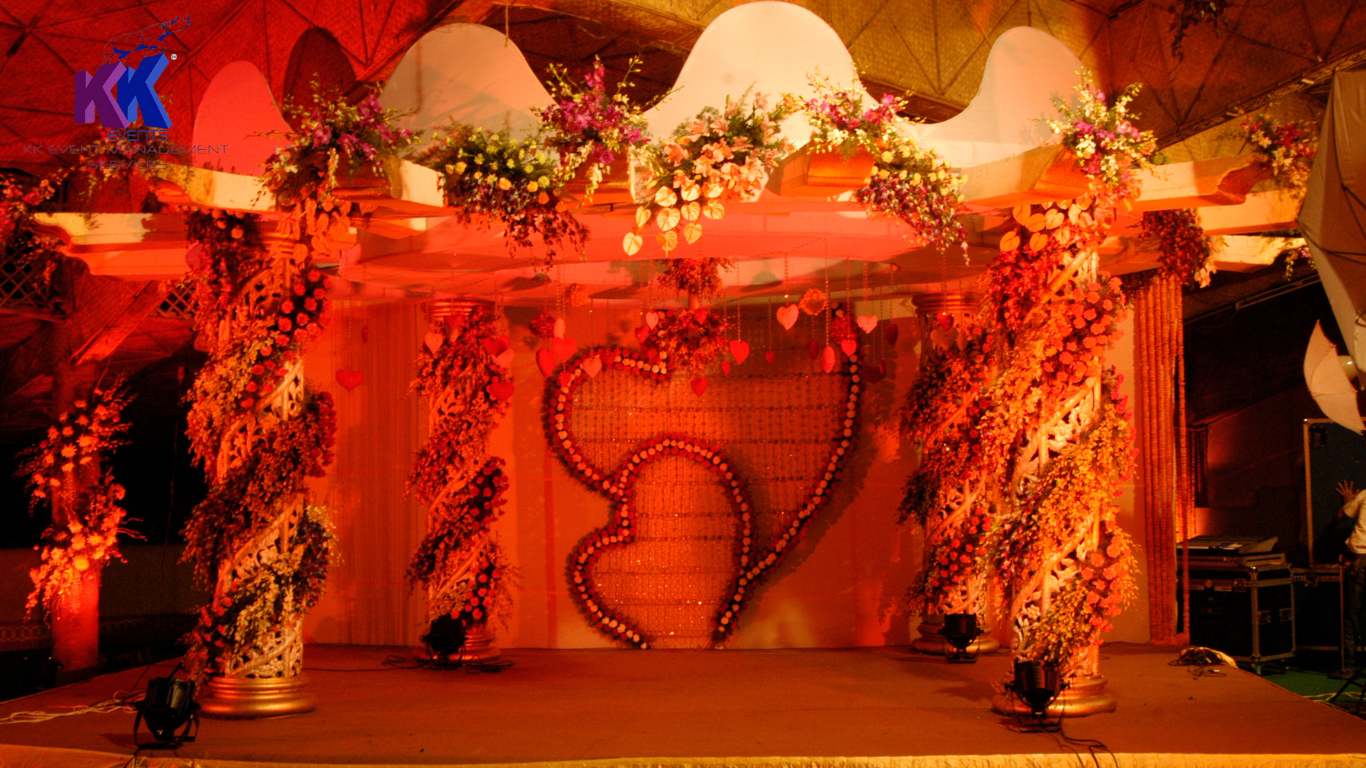Weddings are one of the most personal celebrations in our lives, blending the old with the new, the timeless with the contemporary. In recent years, many couples have chosen to craft a wedding day that balances the charm of traditional customs with the flair of modern trends. This fusion allows couples to honor their cultural or familial heritage while embracing a more personalized, sometimes more relaxed approach to the celebration. So, what does a modern wedding ceremony with a touch of tradition look like?
At its core, a modern wedding is about personalization. Today’s couples are looking for ways to express their unique love stories, personalities, and preferences through their ceremony and reception. This may mean selecting a non-traditional venue, using bold color palettes, incorporating unconventional music, or even writing their own vows. Modern weddings are more flexible, offering a departure from rigid formats and allowing for more creativity and self-expression.
However, while modern weddings often lean into a minimalist, streamlined aesthetic, they don’t necessarily discard tradition entirely. It’s the blend of the new and the old that creates a dynamic, meaningful ceremony that resonates on a deeper level.
Though traditions may evolve, they hold deep significance. Elements like exchanging vows, the procession of the wedding party, and the first kiss remain symbolic markers of commitment, love, and unity. For couples, infusing a touch of tradition can make the day feel even more special, as these rituals connect the couple to their roots and their families.
Some traditional elements often incorporated into modern weddings include:
While contemporary wedding fashion often leans towards sleek, simple designs, the wedding dress remains a central symbol of the ceremony. Many brides opt for modern twists on traditional styles, choosing clean lines, non-traditional fabrics, or even colored dresses to make a bold statement. However, whether it’s a minimalist gown or an elaborate ball gown, the tradition of the bride wearing white (or off-white) symbolizes purity and new beginnings.
One of the most iconic moments of any wedding is the processional—the walk down the aisle. Traditionally, this was a moment where the bride, often accompanied by her father or a close relative, would make her entrance, symbolizing the transition from single life to married life. In modern ceremonies, the processional may be more fluid: some couples choose to enter together as a symbol of equality and partnership, while others may walk down the aisle with both parents or even alone. The music chosen for the processional might be a classic bridal march, or it might be a personal song that holds sentimental value to the couple.
The exchanging of vows is one of the most meaningful parts of the wedding ceremony. While some couples choose to recite traditional vows—such as the classic “to have and to hold, for richer or poorer”—many modern couples prefer to write their own vows to make the moment more personal. This allows them to speak directly to each other, expressing their love, commitment, and promises in their own words. Regardless of the style, the act of exchanging vows remains rooted in tradition as it symbolizes the couple’s sacred commitment to one another.
Unity ceremonies, like the lighting of the unity candle or the pouring of sand, are common ways to represent the merging of two lives into one. These rituals can be deeply symbolic and offer a moment for reflection on the significance of marriage. The modern twist comes in the form of alternative unity rituals, such as planting a tree, creating a piece of art together, or tying a knot (the “tying the knot” tradition). While the medium may change, the underlying meaning of coming together as a unit remains timeless.
The first dance is one of the most beloved traditions of the wedding reception. In modern weddings, couples might select a contemporary love song that speaks to them personally, or even opt for an unexpected choice, such as a favorite song from their favorite band or a fun, upbeat track. While traditional waltzes or slow ballads still make an appearance at many weddings, the modern couple is more likely to choreograph a dance or even go for something offbeat—perhaps a mashup of songs or a swing dance number.
The speeches and toasts at a wedding are a chance for family and friends to share their thoughts on the couple. While the traditional speeches often came from the best man, maid of honor, and parents, modern weddings may see a more inclusive approach. Today, couples may choose to have more people speak, or they may even give the opportunity to speak to the guests in general. Sometimes, couples also incorporate humor, storytelling, or multimedia elements, like a slideshow or video, into their speeches for a modern twist.
Cutting the wedding cake is one of the most iconic moments of a wedding reception. It’s a tradition that’s often done with some fanfare, followed by the feeding of the cake to each other. Modern couples, however, have fun with this tradition by opting for non-traditional cakes, such as a donut wall, cupcake tower, or a dessert table full of sweet treats. Sometimes, couples even skip the cake altogether in favor of pies, ice cream bars, or other creative confections.
While traditions like exchanging vows and sharing a first dance will always be staples of the wedding experience, modern weddings have evolved with a fresh take on decor, venue choices, and ceremony styles. Let’s explore some of the popular modern trends that marry tradition with a contemporary edge.
Traditional weddings often took place in churches or other religious venues, symbolizing the sacredness of the union. However, modern couples may opt for unique venues such as urban lofts, botanical gardens, or even barns for a rustic chic vibe. Choosing an unconventional venue allows couples to put their own stamp on the celebration, creating a meaningful setting that aligns with their personality, while still embracing the traditional elements of a ceremony.
While the traditional wedding ceremony follows a standard script, modern couples often personalize their ceremony to reflect their beliefs and values. This could mean incorporating spiritual or cultural traditions, adding a reading of a favorite poem, or even inviting a close friend to officiate. By customizing the ceremony script, couples can ensure the ceremony feels true to their relationship and their shared vision of marriage.
A modern wedding is often inclusive of all types of couples, backgrounds, and cultures. Multicultural weddings, for example, blend two (or more) cultural traditions into the ceremony and celebration. For some couples, this might mean exchanging vows in different languages, including symbolic rituals from both cultures, or even inviting family members to participate in the ceremony. This diversity of traditions can make the wedding feel more inclusive, as it reflects the coming together of two families, cultures, or communities.
With environmental concerns becoming increasingly important, many couples are opting for sustainable wedding choices. This might mean choosing eco-friendly flowers, reducing plastic waste, or using locally sourced ingredients for the reception menu. The shift towards sustainability doesn’t mean sacrificing tradition—many green wedding practices incorporate natural elements like organic florals, rustic wood details, and repurposed decorations, all of which still honor the timeless beauty of the wedding celebration.
While grandiose weddings with hundreds of guests used to be the norm, modern couples are increasingly leaning towards intimate weddings with a smaller guest list. This allows for a more personal, relaxed experience, where couples can truly connect with their guests. Whether it’s a small ceremony in a private home or a destination wedding with only close family and friends, intimate weddings allow couples to break from the tradition of having a large-scale celebration without forgoing the important traditional elements.
A modern wedding ceremony with a touch of tradition strikes the perfect balance between honoring the past and celebrating the future. By blending timeless rituals with personal touches, couples can create a wedding experience that reflects their unique relationship while still paying homage to the customs that have shaped marriage for generations. Whether it’s a twist on the wedding dress, a personal take on vows, or a non-traditional venue, the goal remains the same: to create a celebration that feels authentic, meaningful, and unforgettable.
Weddings, after all, are about love, commitment, and creating memories that last a lifetime. And there’s no right or wrong way to celebrate that—just the way that feels most true to you.



Privacy Policy | Terms & Conditions | Cancellation & Refund Policy | Disclaimer Policy


